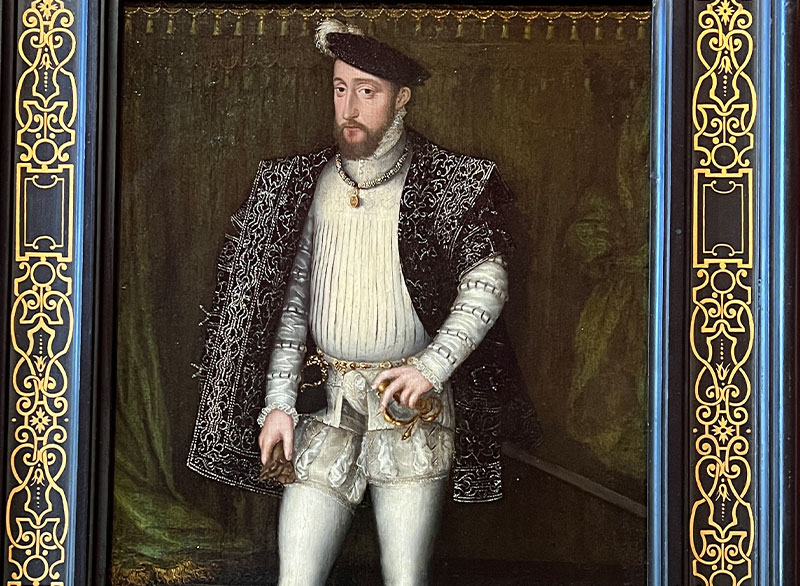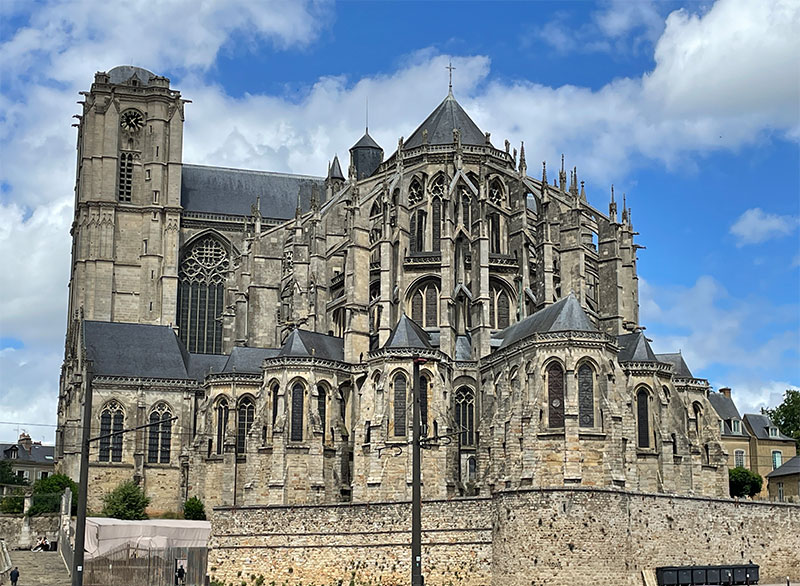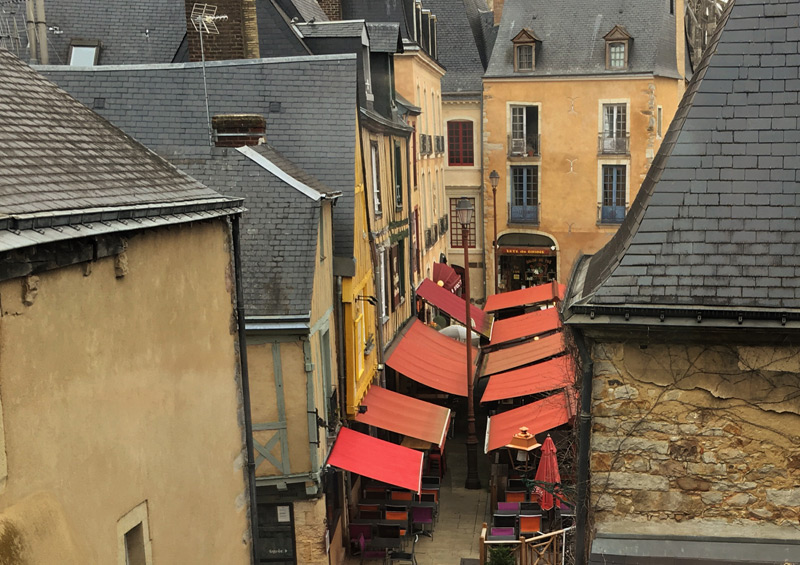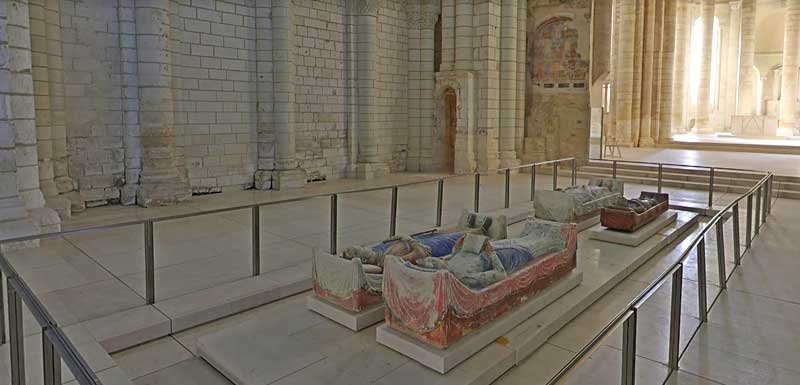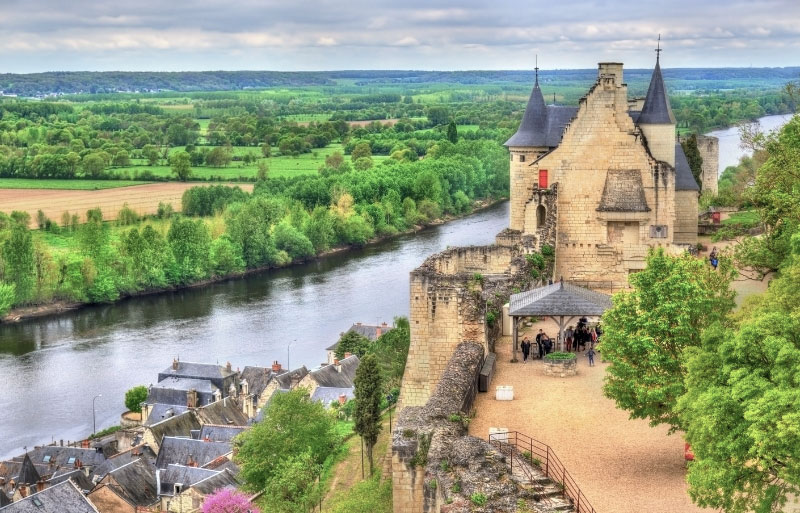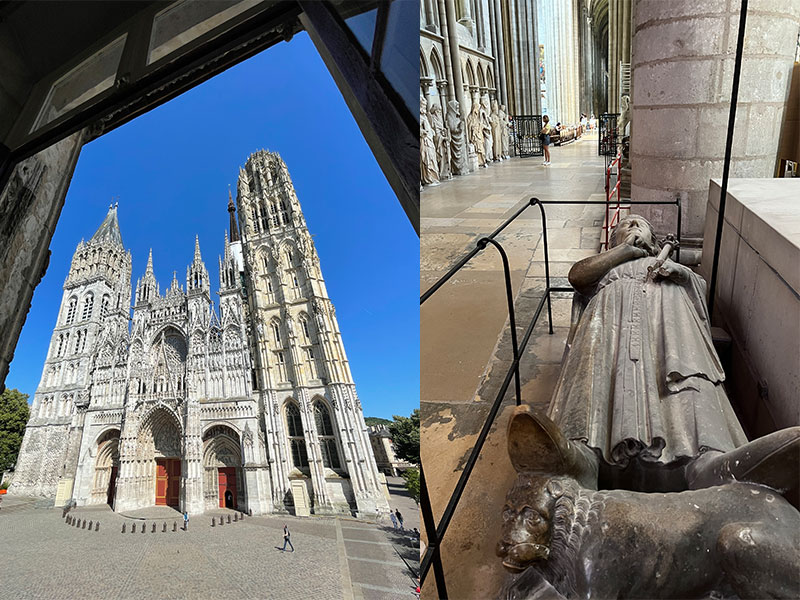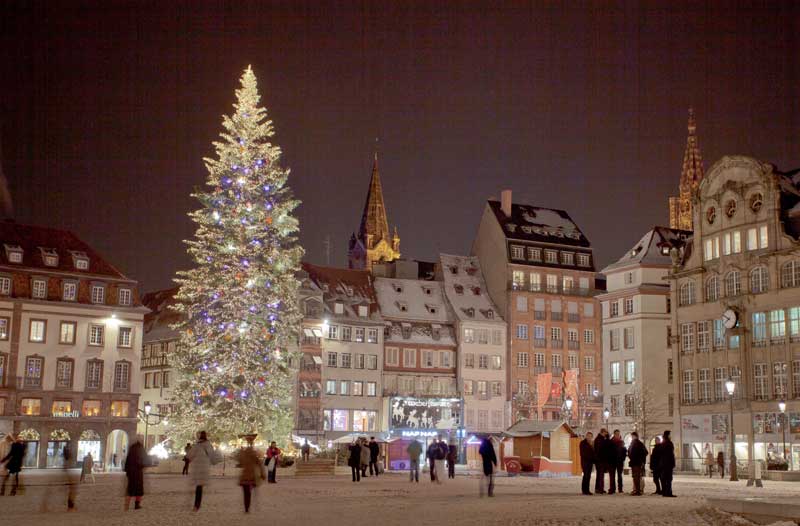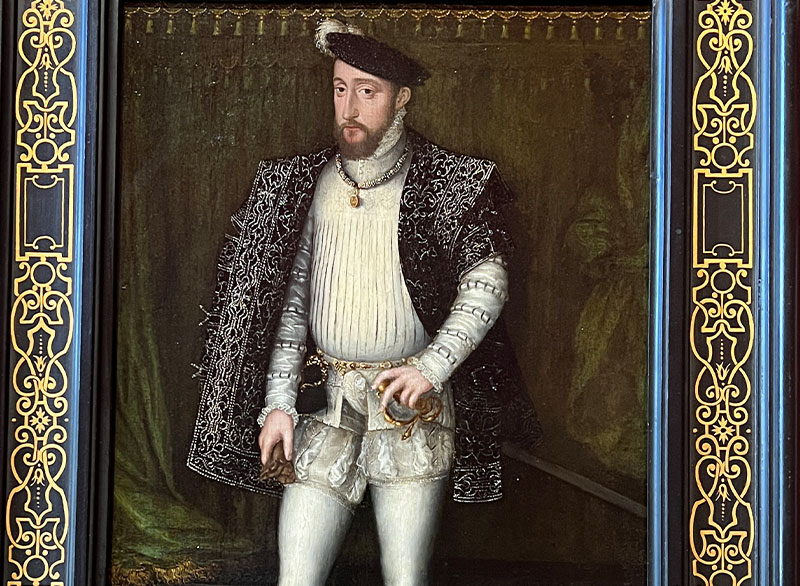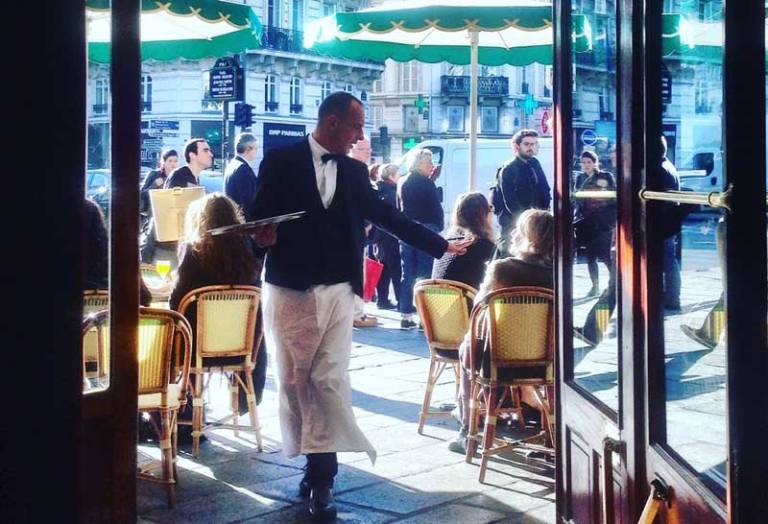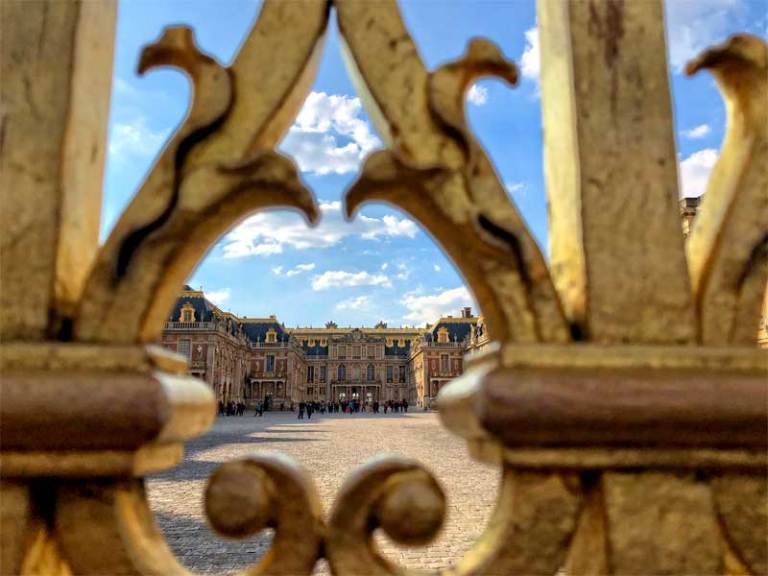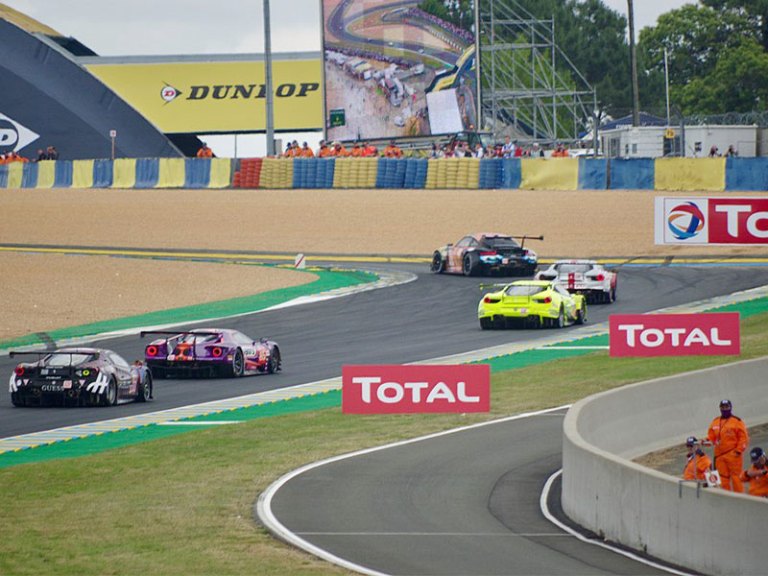Royal dynasties are often complicated, but none more so than the early Plantagenet kings who dominated France and England in the 12th and 13th centuries. Arranged marriages here. Betrayals and treachery there. This was the soap opera that just kept on giving. Gillian Thornton follows in the footsteps of the Plantagenet English kings through Anjou and Normandy
The Plantagenets in Le Mans, Sarthe
It all began in Le Mans with Geoffrey, Count of Anjou and Maine, who tucked a sprig of broom, or genet, in his hat after hunting, thus earning himself the name of Geoffrey Plantagenet. In 1128, he married Matilda – granddaughter of William the Conqueror, Duke of Normandy and King of England – who gave Geoffrey the Duchy of Normandy as her dowry. But it was his son Henry and grandsons Richard and John who really put the family on the political map.
I love discovering the shared history of England and France but especially since my husband discovered a distant Plantagenet connection in his family tree. You don’t need any royal relatives, however, to enjoy visiting heritage sites associated with this colourful cast of characters.
The Angevin heartland
Best place to start any Plantagenet tour is in the historic province of Anjou, today part of Pays de la Loire. Geoffrey was born in Le Mans in 1113, baptised in its soaring Gothic cathedral, and married to Matilda in the Palace of the Counts of Maine, now the city’s Town Hall.
The cathedral itself is a stunner, standing at the heart of the historic quarter or Cité Plantagenet. Wander the cobbled streets today past colourful half-timbered facades and it’s easy to imagine life in the Plantagenet era. Harder though to grasp that the substantial Roman ramparts were already 800 years old when Geoffrey lived here and are largely still standing. www.lemans-tourisme.com
Despite fighting for his wife’s right to the English throne, Geoffrey never gained a crown for himself. But his first son Henry, born in 1133, would become Henry II of England and add vast lands to the family portfolio by marrying Eleanor of Aquitaine in 1152, former Queen of France from her dissolved marriage to Louis VI.
You can spend hours in Le Mans but do take in the Royal Abbey of Epau just outside the city, to discover the story of Bérengère de Navarre who married Henry II’s son Richard, known as the Lionheart or Coeur de Lion, in 1191. Largely forgotten after Richard’s death in 1199, the widowed Queen of England returned to the family palace in Le Mans before founding Epau Abbey in 1229 as her last resting place.
Today, Epau is both a heritage site and a cultural centre for the department of Sarthe with an extensive permaculture vegetable garden that supplies the abbey café. Berengère died in 1230 but lives on here through a recumbent stone effigy. The whereabouts of her bones however is still under investigation. www.sarthetourism.com
The Plantagenets at the Royal Abbey of Fontevraud
Whilst Richard’s widow rests in royal solitude at Epau, her parents in law are elsewhere. Henry II and his feisty wife Eleanor fell out big time when she sided with sons Richard and John against him over division of the Plantagenet lands. Henry had her imprisoned for 16 years and after his death, Eleanor retired to the Royal Abbey of Fontevraud close to Saumur in the Loire Valley. Here she commissioned painted stone effigies not just of herself, but also Henry and her favourite son Richard who both predeceased her.
She certainly had the last laugh, ordering that her own likeness stand higher than the others and be depicted with a book as a blatant symbol of her superior intellect. The figures were moved in times of religious unrest but today stand in splendid isolation beneath the lofty roof timbers of the main abbey church. Completing the quartet is Isabelle of Angoulême, wife of Eleanor’s younger son John. As King John – of Magna Carta fame – he chose Worcester Cathedral in England for his last resting place, but his son Henry III brought Isabelle to the Plantagenet necropolis in 1254.
Fontevraud’s extensive walled complex was converted to a prison under Napoleon, but has been sympathetically transformed into the Regional Arts and Culture Centre for Pays de la Loire. Wander the historic buildings, visit the Museum of Modern Art, and enjoy eclectic outdoor art installations. Best of all, stay overnight at Fontevraud l’Hôtel and you can explore freely after dark and enjoy the spotlit Plantagenets and illuminated buildings in solitude. An unforgettable experience. Advance bookings are strongly recommended for the Michelin-starred restaurant in the hotel cloister. www.fontevraud.fr
From Touraine in the Loire Valley to Normandy
Henry II of England spent much of his time on the road across his vast Plantagenet Empire which stretched from the Scottish Borders down the length of western France to the Pyrenees and across the Auvergne. In 1189 Henry died from an infection at the Château de Chinon which today is part of the Loire Valley’s Touraine region and whilst much of this strategic hilltop fortress is in ruins, the exhibition in the former Plantagenet Hall includes a handy silent film that neatly wraps up the family squabbles. www.forteressechinon.fr
From Chinon, I headed north into Normandy, a region also rich in Plantagenet sites. Richard the Lionheart spent much of his reign fighting the crusades in the Middle East, but the border with France was a constant worry too. Ruins don’t come much more atmospheric than the Château-Gaillard at Les Andeleys, commissioned by Richard on a rocky promontory high above the Seine east of Rouen. Wear flat, non-slip shoes to climb the uneven path to the inner courtyard for sweeping views over river cliffs and plain. www.nouvelle-normandie-tourisme.com
Richard’s death in 1199 was something of an anti-climax for such a seasoned fighter, the result of an infected arrow wound in south-west France. But whilst his body was buried at Fontrevraud, his heart lies in Rouen Cathedral, a common practice in the Middle Ages to spread the opportunities for local income from pilgrims. An effigy of the warrior king lies in the spectacular Gothic cathedral, famously painted by Claude Monet more than 30 times. www.visiterouen.com
Avranches
Less obvious but equally interesting for a Plantagenet hunter is Avranches, close to the Normandy coast. Excommunicated by the Pope for instigating the murder of Thomas Becket in Canterbury Cathedral, Henry II met here in 1172 with delegates of the Pope to seek absolution. The crumbling cathedral was demolished in 1794, but the site of the meeting is now a hilltop green space with distant views of Mont St Michel, the place of penance marked by a stone pillar and plaque. Just ask any local for directions to Place Becket. www.normandie-tourisme.fr
King John died in 1216, but the Plantagenet dynasty was to carry on for another 300 years until Richard III died on Bosworth Field in 1485, overthrown by the next dysfunctional dynasty, the Tudors. But none of the Plantagenets who followed John would have the same influence across two countries as those first three kings.
Henry II had built up the empire; Richard fought hard to maintain it; and John – nicknamed Lackland or Jean sans Terre – managed to lose most of the French lands to Philip II of France. But their ambition and animosity have ensured that 900 years later, we are still fascinated by those early Plantagenet monarchs and the sites they left behind – quite some legacy!
By Gillian Thornton, one of the UK’s leading travel writers and a regular writer for The Good Life France Magazine and website.
Want more France?
Discover more fabulous destinations in France with our free magazine The Good Life France
Love France? Have a listen to our podcast – everything you want to know about France and more!
All rights reserved. This article may not be published, broadcast, rewritten (including translated) or redistributed without written permission
